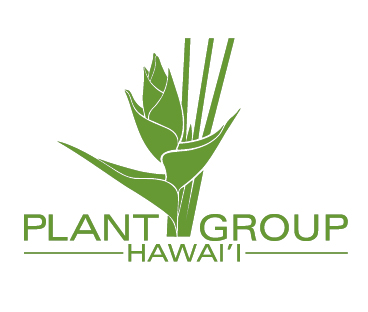Plant Profile: Zingiber kerrii Craib
- Colton Collins
- Jul 15, 2017
- 2 min read

Zingiber kerrii is a lovely ginger with a story. This Zingiber has tightly imbricated bracts, forming a cone shaped inflorescence. The bracts are primarily light green with playful pink to red tips while the true flowers are milky white. The stems and foliage are deep green and hairless. Zingiber kerrii is a strong bloomer (July–September), producing a half dozen or so blooms in just a square foot of growth. Height ranges from six to eight feet when grown in deep shade.

This ginger was first collected in Chiang Mai, Thailand in 1910 and described by William Grant Craib, a British botanist who worked at Royal Botanic Gardens, Kew. Craib named the new species kerrii after A.F.G. Kerr. Kerr was a British medical doctor in Thailand, turned large scale plant collector. Kerr collected more than 23,000 samples of flowering plants and ferns throughout Thailand during the early 1900s. Much of
his collections were sent to Kew where they were worked on by himself and Carib. Gingers that honor Kerr’s name include, Geostachys kerrii K. Larsen, Globba kerrii Craib, and Zingiber kerrii Craib.
The distribution of Z. kerrii ranges from Northern Thailand to Northeastern India. It grows in evergreen to open forest. The nuances of Z. kerrii distribution are still unknown. Few localities have been recorded in Myanmar and Thailand. The first and only record of Z. kerrii in India was documented in 2013 - that's 100 years after it's original discovery. Throughout its range, anthropogenic activities threaten the habitat of Z. kerrii and other gingers. The conservation status of Z. kerrii has not been fully assessed. Using the International Union for Conservation of Nature (IUCN) criteria its proposed listing is as a vulnerable species. The listing of vulnerable is the category prior to being listed as an endangered species. Unless something is done to drastically slow its habitat degradation, it’s only a matter of time before Z. kerrii becomes endangered and eventually extinct in the wild.

Zingiber kerrii is unlikely to be found growing in living collections at botanical institutions in the US. I have yet to see it in the US mainland and I have seen it for sale once at JJ Market in Bangkok, Thailand. Fortunately, we have a 25-gallon pot of Zingiber kerrii growing at our farm in Hawaii. Unfortunately, it is slow growing. Our goal is to multiply this small clump so that botanical gardens and conservation centers can have material to grow in their collections.







Comments